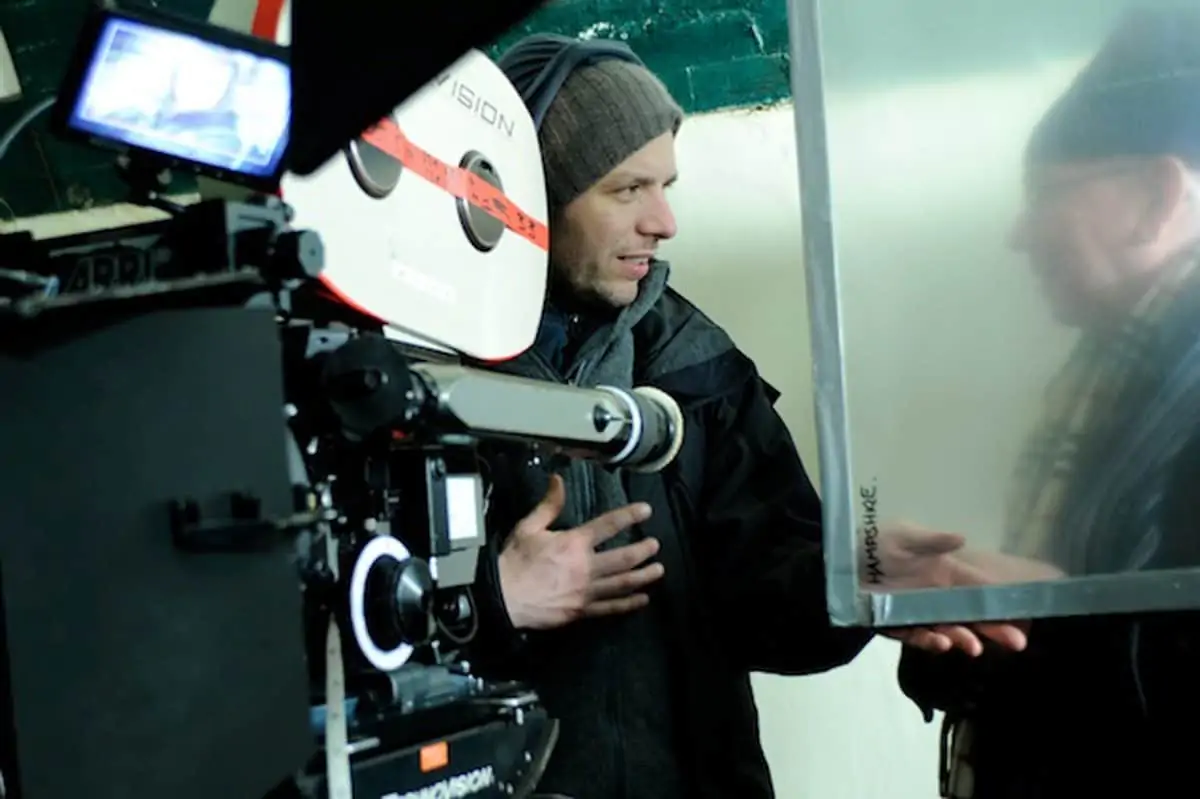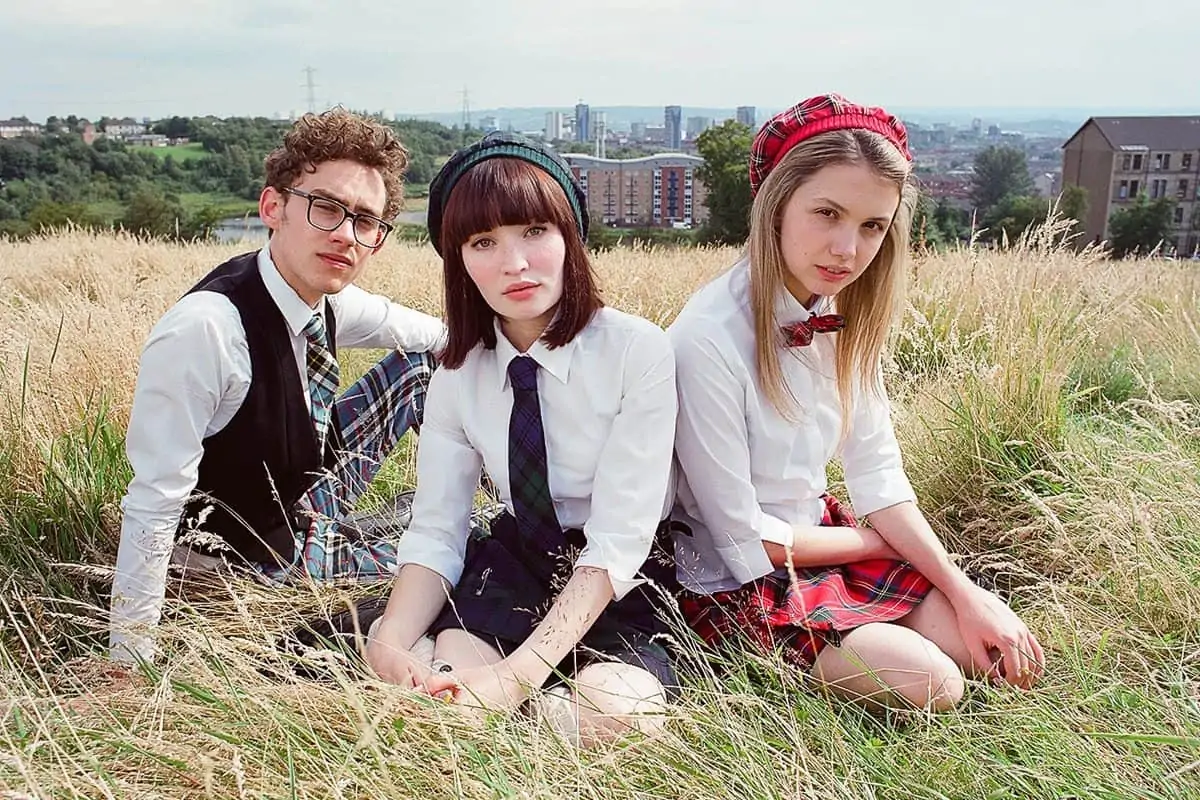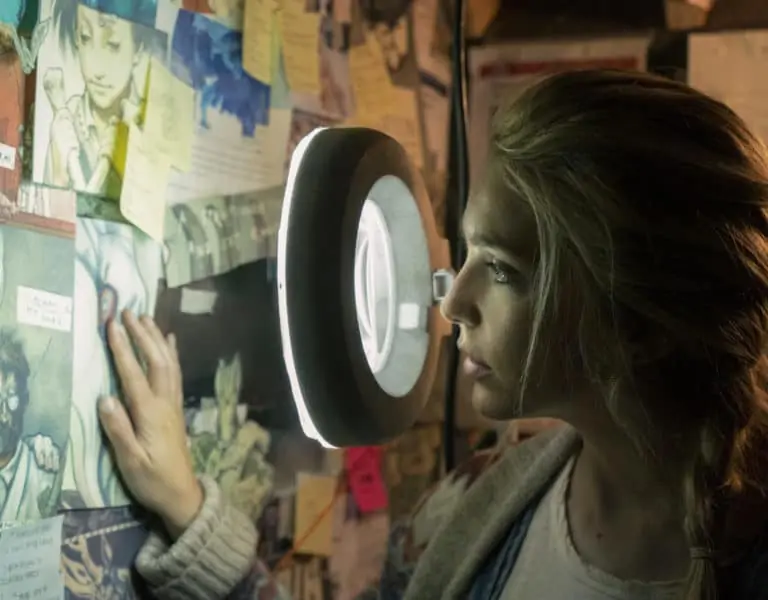Come Sail Away...
Florian Hoffmeister BSC / The Terror

Come Sail Away...
Florian Hoffmeister BSC / The Terror
BY: Ron Prince
All images - Photo Credit: Aidan Monaghan/AMC
Florian Hoffmeister BSC makes cramped confines work to deliver a richly detailed, hallucinatory experience from the terrors of a ship to the sprawling, icy landscapes of the Arctic.
The tradition of the handsome, impeccably cast period drama gets a horror makeover in the new AMC series that adapts from Dan Simmons’ celebrated novel of the same name to create an immersive world for the Arctic nightmare.
Produced by Ridley Scott and inspired by the true-life tale of the H.M.S. Erebus and H.M.S. Terror, which famously disappeared in the ice on a mission to discover the fabled Northwest Passage almost two centuries ago (the ships were only found in 2014), The Terror sketches out the fantasy-horror version of a nautical journey gone wrong in gorgeous, excruciating detail.
From the ravages of nature constantly biting at the men’s heels to the bitter dynamics between the crew that sow the seeds of their own downfall, cinematographer Florian Hoffmeister, BSC was given the time to create a unique look that details the torment as it unfolds.
“This show had some particular challenges but two showrunners - Dave Kajganich and Soo Hugh - were terrific in fighting for us to have the time to test and find a look,” he explains. “We spent three weeks trying to solve the issues, and we succeeded because we had the time to prep as if this were a feature rather than an episodic TV.”
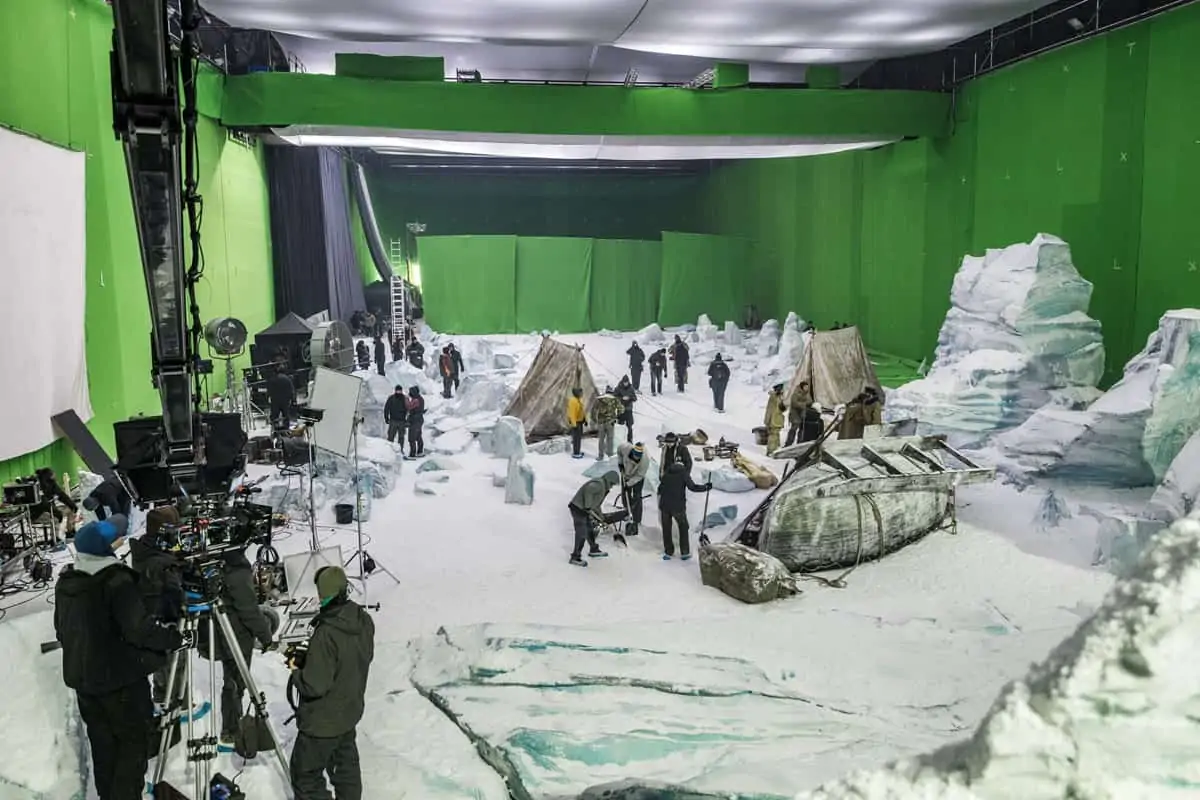
Having shot prestige dramas like The Deep Blue Sea and Great Expectations (both 2011), Hoffmeister says he was attracted to this project because the producers wanted a unique look.
“The setting is in one sense very real, since it’s based on true events, but it’s also a horror thriller which suggested a genre heightening. With period pieces there’s a danger of ending up with the same look – candles and costume – but the idea of designing something that stays truthful to the heritage but had grittiness to it was basically what I set out for.”
The Terror was shot almost entirely at Stern Studios near Budapest, which was the only soundstage available in the crowded city at the time. Even using two greenscreen stages of 23,700 by 16,150 square feet, the space was barely big enough to fit the construction of the main set.
Striving for authenticity, the production had effectively reconstructed the ships to their original specifications. The vessels were built by production designer Jonathan McKinstry to the same basic template mounted on an 8-foot-high gimbal with the top deck designed to be changed so that the full set could become either the Terror or the Erebus.
The confined space made conventional lighting impractical. “The heat emitted from regular lights on actors wearing fur coats made that a no-brainer,” says Hoffmeister. “The creative pay-off was in using LED lights to really play with colour.”
Six hundred LEDs were arrayed on the studio ceiling and hooked to a console. “In the Arctic, the sunset changes hue from pinks to lavender and I knew at some point we’d have to show the aurora borealis. With LEDs I could make these colour changes at the press of a button rather than having to wait hours for gels to be changed.”
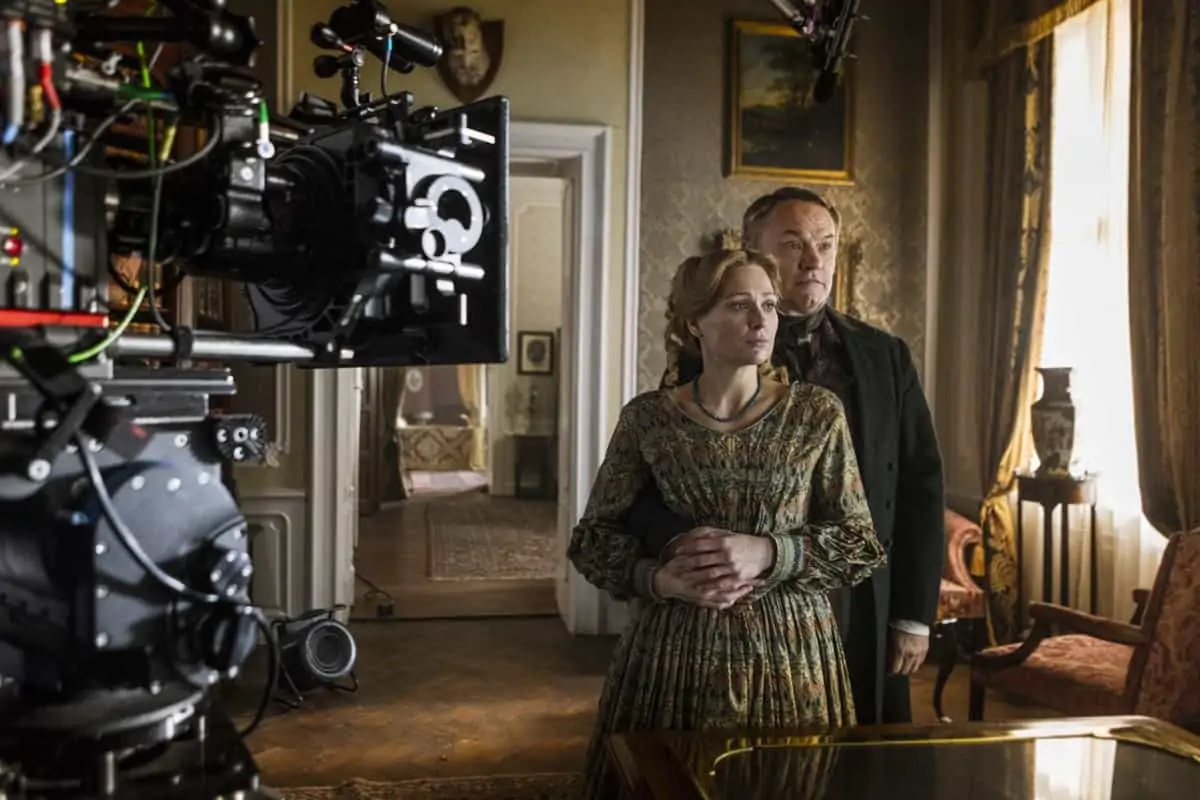

His camera choice was RED DRAGON 35mm sensor capable of 6K.
“I suggested RED for a number of reasons but primarily because I wanted large-format photography, and secondly I like the way the image falls off in blackness. I think there’s more of a look to it, than a technically perfect clean Alexa image, which is something I wanted to play with.”
He continues, “Personally, I am less interested in resolution than in the field-of-view gained from a bigger sensor. For example, a 40mm lens on a Super 35 sensor will give you the field of view of large-format portraiture. It means you can take a longer lens with less distortion but a wider field-of-view than using a regular sensor. Given that we had limited shooting space and yet we wanted to capture all the detail of the ships, it made sense to shoot longer lenses than just on 18mm.”
He referenced Ernest Shackleton’s contemporaneous black-and-white photographs and also Lincoln, the Steven Spielberg biopic lensed by Janusz Kamiński. “He has such an expressive back-lit driven lighting approach especially in playing with silhouettes.”
Since AMC required an HD 16:9 finish, shooting 6K was not high on their list of priorities but Hoffmeister convinced them otherwise.
“Shooting RAW was not an option – the data would be too great. But the RED shoots 6K in REDCODE RAW compressed to a level at which the data is all but the same as HD. I shot some tests with the Panavision Primos and ran a colour pipeline to post to make my point. AMC understood and signed it off.”
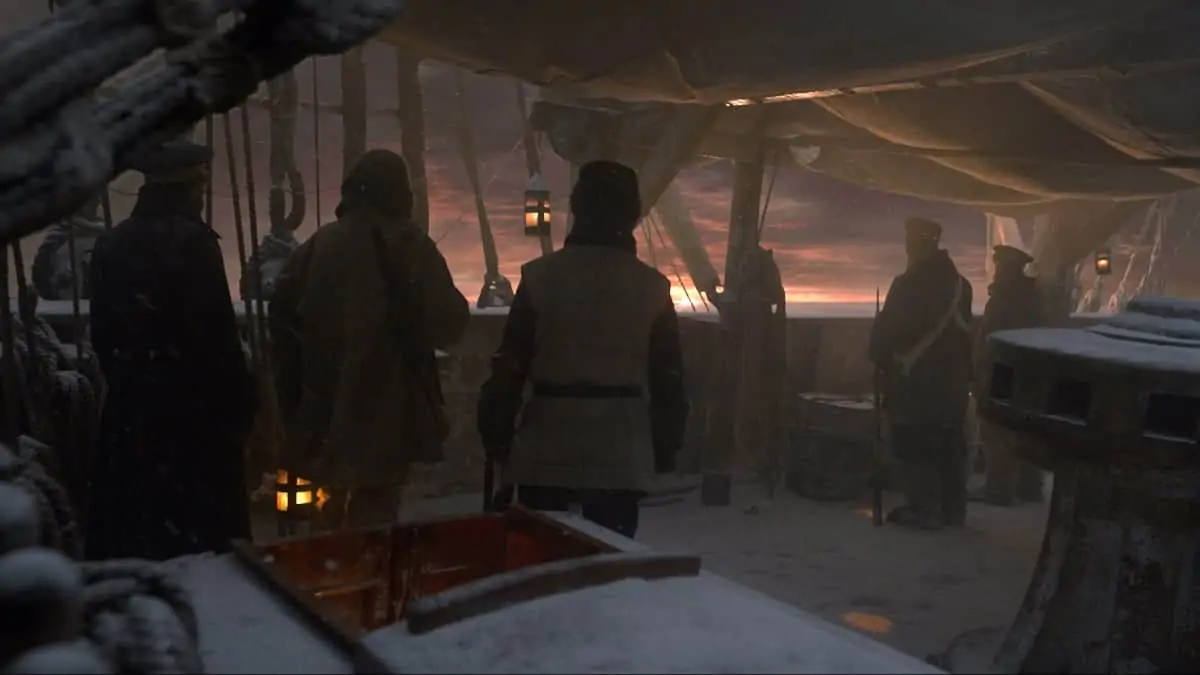
Director Edward Berger agreed with Hoffmeister that the show be framed for composition using dolly moves and Steadicam for both cameras. “I find that if you operate a large sensor camera handheld the movement quickly gets super frenetic,” he says.
One of the advantages of locating the show in Budapest is access to Colorfront, the facility with a heritage of negative processing and the inventor of the Lustre (Colossus) digital grading tool.
Working with Colorfront, the cinematographer tested the RED cameras against wind, snow, fog and other special effects, in each case lighting for dramatic atmospheres and learning how to create silhouettes. “It was very beautiful and rewarding,” he says. Meanwhile, VFX studio UPP in Prague gave Hoffmeister the creative freedom to set the tone for matching backgrounds and adding set extensions.
He spent another couple of days finding the colour space. “The test rushes looked nice but a bit too clean. I wanted a slight destruction of the image without necessarily defocussing using it.” Colorfront’s film background came to the rescue. “They had a bleach bypass function where you could literally dial it in like you used to do in a lab. If I said ‘let’s look at 20%’ they showed us that. These tests defined the look and enabled me to build the post pipeline.”
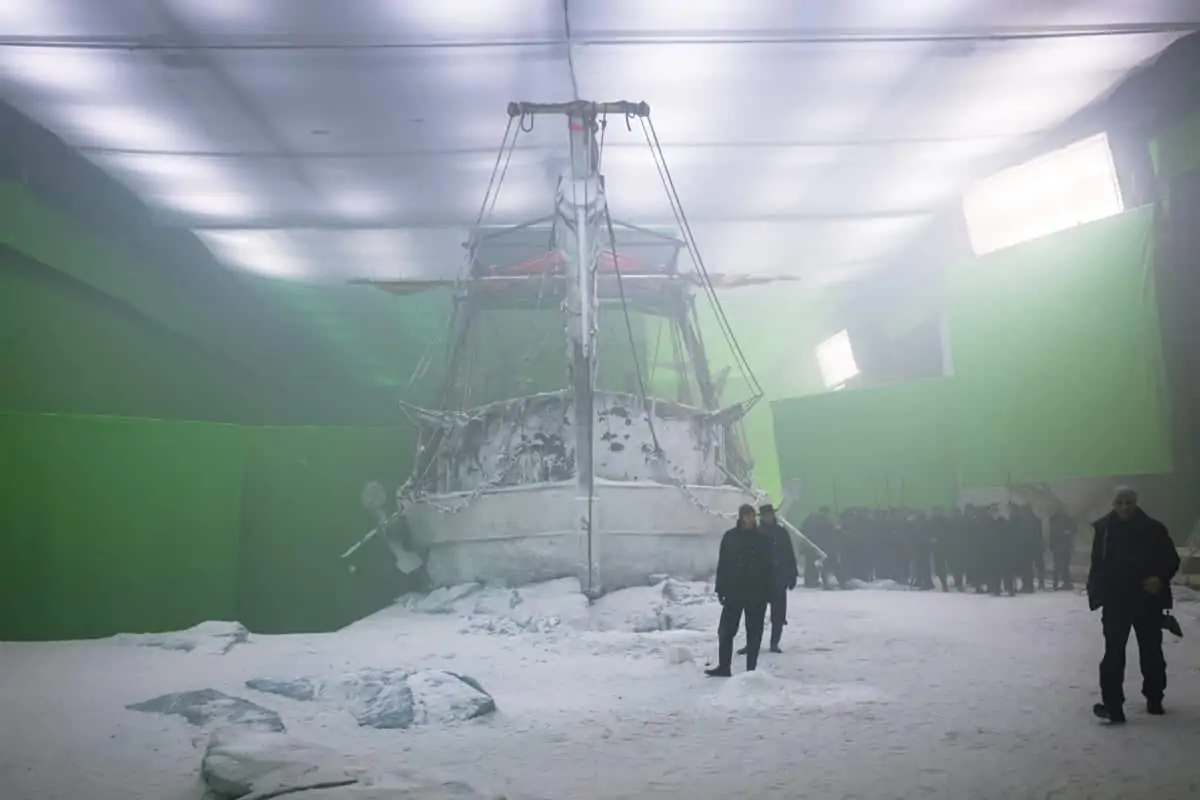
"People said we were insane to build [the set] inside but in honesty the stage gave us a chance to shape the show to a more dramatic extent."
- Florian Hoffmeister BSC
The team created LUTs with the bleach bypass built in and calibrated all the monitors on set and in post. Hoffmeister lit to that for the pilot and episodes two and four while cinematographers Frank van den Eeden and Kolja Brandt followed his cue in shooting the remaining seven episodes.
“We knew our contrast levels and you can really paint onto the monitor. What’s more, because it is set up in the pipeline there is common agreement from the studio to the edit. By the time it came to final grade (by Jet Omoshebi at Encore) everybody was accustomed to the extreme look. If we’d begun this in the grading suite at the end there is no chance we would have achieved the same consistency.”
The cinematography creates contrasting settings of flickering, lamplit darkness and blinding white vistas of endless snow, neither of which offer any comfort to man from the cruelties of nature. The editorial tone is one of bleak, piercing panic and the threat of something incomprehensibly dreadful just beyond the veil of reality.
One sequence in episode two depicts a thunderstorm on the ice. The showrunners urged Hoffmeister to push it even further. “They wanted it to be so distorted that you couldn’t see faces anymore.”
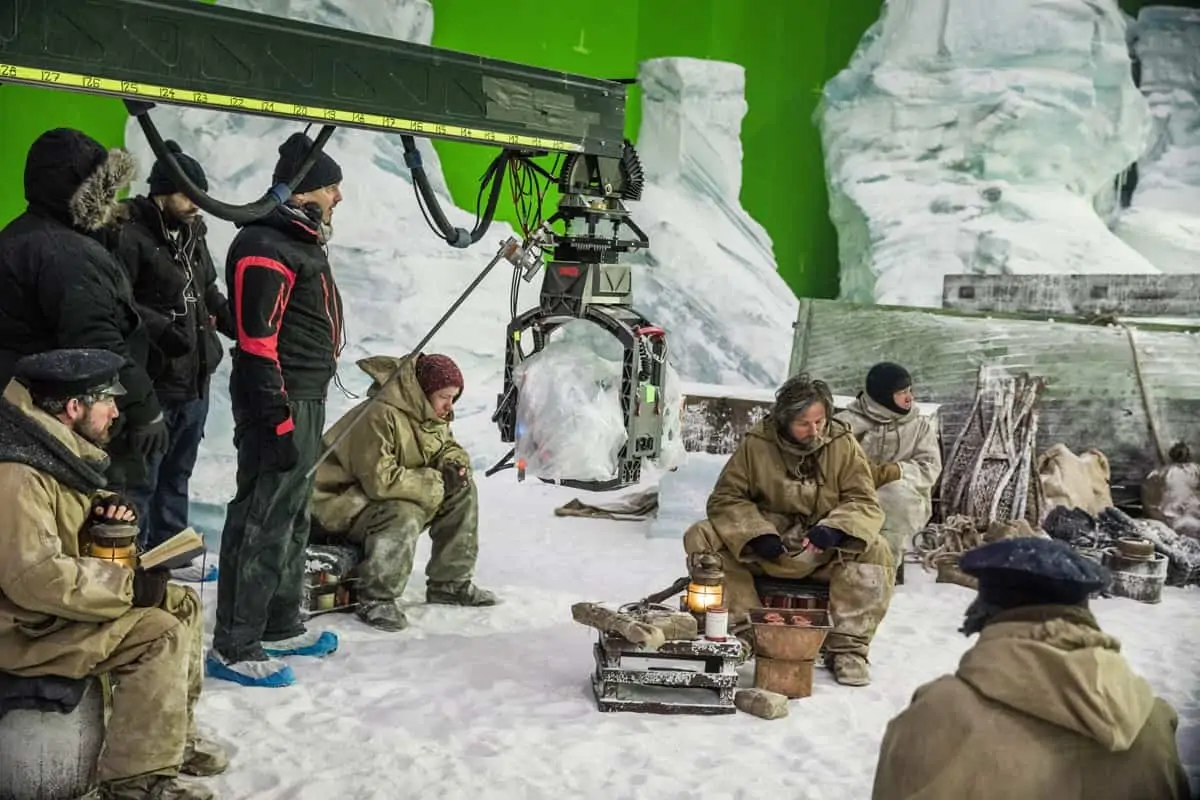
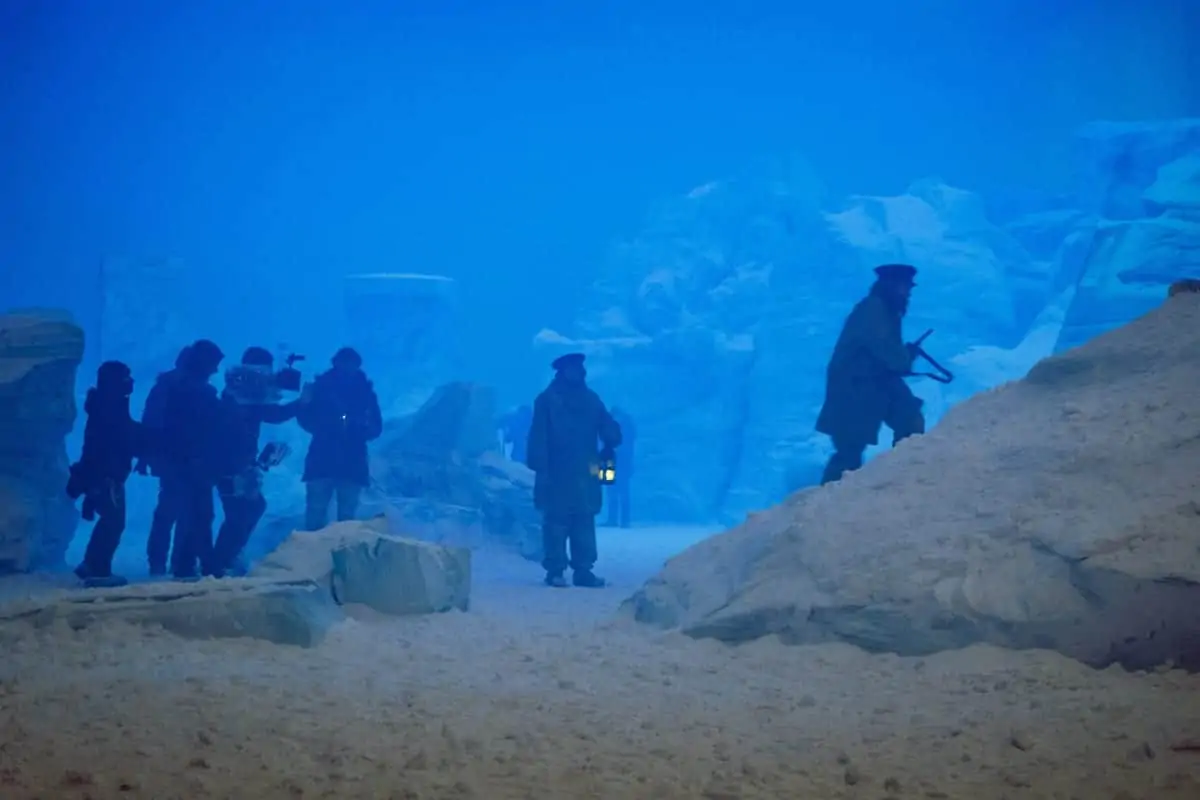
Aside from some exteriors on location in Croatia, the only dramatic element shot out outside was a 40-metre-high section of mast.
“People said we were insane to build [the set] inside but in honesty the stage gave us a chance to shape the show to a more dramatic extent. If you look at photographs of the Arctic you can see the light has lots of contrast. If you’d shot this in central Europe in November it would be flat.”
Digital, he adds, has reached a level of technical maturity. “You can go out and create something truly unique - provided you get the time to experiment and, with the right people, to design a proper colour pipeline.”


